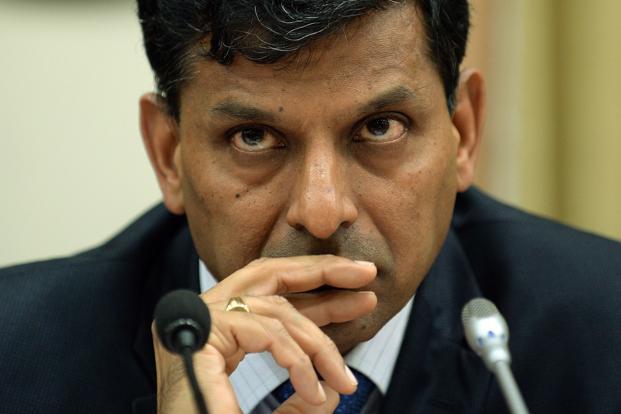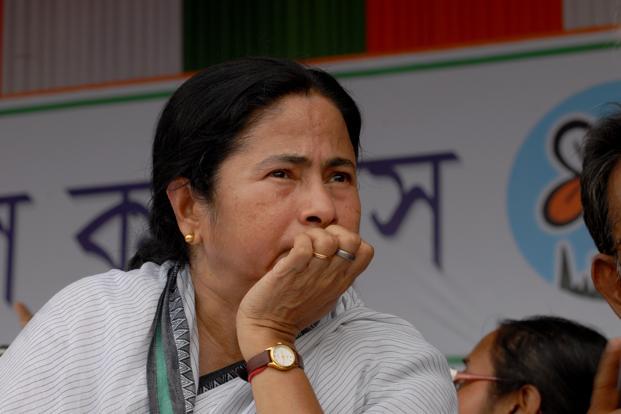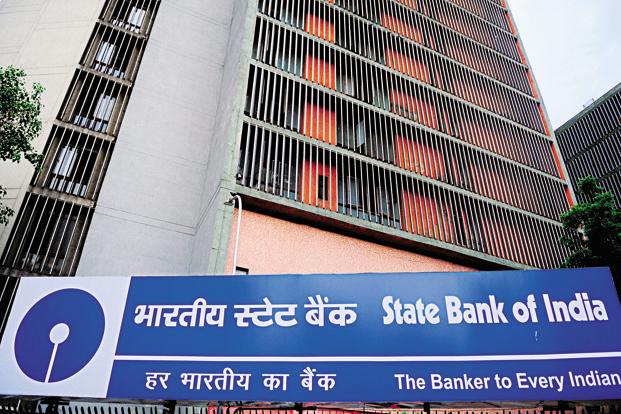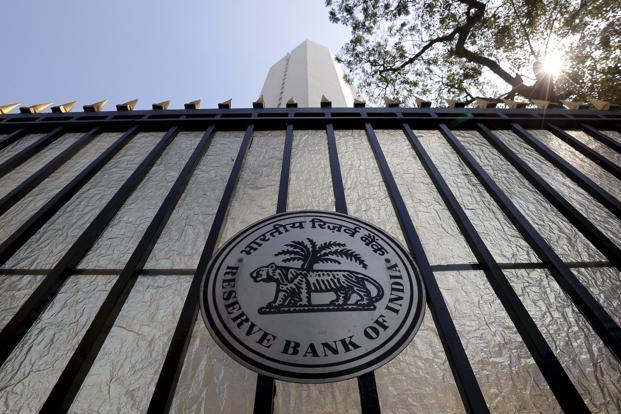As expected, Reserve Bank of India (RBI) governor Raghuram Rajan has left the key policy rate as well as banks’ cash reserve ratio (CRR), or the portion of deposits that commercial banks need to keep with the Indian central bank, unchanged in its bimonthly monetary policy review on Tuesday. However, he has made it clear that it is a question of a few months before RBI cuts its policy rate to signal an easy money policy. And, once it is done, we can expect a series of cuts to follow.
When can we expect a rate cut? And, to what extent the policy rate can be brought down from the current level of 8%?
While analysts are speculating on the extent of rate cut over the next one year—75 basis points or a full percentage point—it is fairly certain that a rate cut can happen as early as in February when RBI announces its next bimonthly policy. Or early March, immediately after finance minister Arun Jaitley announces the Union budget. One basis point is one-hundredth of a percentage point.
“A change in monetary policy stance is likely early next year, including outside the policy review cycle,” Tuesday’s policy document says. It has put two conditions—continuation of the current inflation trend and changes in inflationary expectations, and encouraging fiscal developments.
Wholesale price inflation dropped for the fifth consecutive month to 1.77% in October, its slowest since October 2009, while retail inflation dropped to 5.52%, its slowest since January 2012 when the current series started. Inflation will drop further in November, but after that, it may rise as the so-called base effect will wear off. Rajan wants to watch the inflationary trend after November to be sure about its downward trajectory. If he is convinced, he may announce a rate cut in February. If that does not happen, he may wait to see the government’s efforts on fiscal correction in the February budget before taking the call. In all probability, RBI may not wait till April for its annual monetary policy and may go ahead with the rate cut immediately after the budget. This is why the policy document hints at possibility of action “outside policy review cycle”.
On what basis do we say that there will be a series of rate cuts next year? Well, the policy document clearly says, “Once the monetary policy stance shifts, subsequent policy actions will be consistent with the changed stance.” Can Rajan be more explicit than this? Essentially what it means is that RBI is not in a hurry to go for a rate cut now and reverse the stance later if inflation rises. It will cut the rate when it is absolutely convinced that the inflation genie is bottled and once that is done, the easy money policy will continue and we will see more rate cuts.
We are not far away from the first rate cut. Softening of international commodity prices, especially crude, and a stable rupee have contained imported inflation. This has encouraged RBI to say that risks to the January 2016 target of 6% inflation “appear evenly balanced”.
Its last policy statement on 30 September had said that “the balance of risks” to achieving 6% by January 2016 “is still to the upside”. It had also said: “the future policy stance will be influenced by RBI’s projections of inflation relative to the medium-term objective (6% by January 2016), while being contingent on incoming data.” This time around, not only the upside risks have receded, RBI is also exuding confidence of achieving the 6% target in March 2015, nine months ahead of schedule.
Tailpiece
The most interesting thing about the policy is Rajan’s near-commitment to cut rates in next few months and yet putting conditions to it. He is explicit that policy stance will shift early next year and yet puts dual conditions of a downward trend of inflation and inflationary expectations and fiscal correction. This conditional guidance could be a little confusing. Or, is it the Rajan way of dealing with pressure from New Delhi?



